Last updated on September 8th, 2024 at 01:45 pm
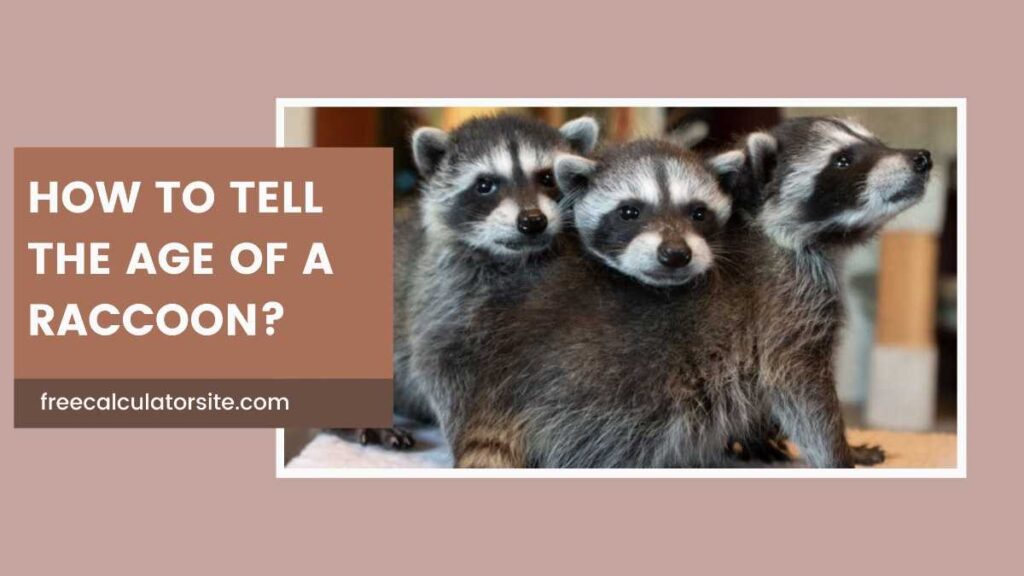
Raccoons are remarkable creatures that have adapted to a wide range of environments, from dense forests to bustling urban areas.
Known for their distinctive masked faces and agile hands, these intelligent animals often capture the curiosity of those who encounter them.
One question that often arises is how to determine the age of a raccoon.
Whether you’re a wildlife enthusiast, a biologist, or just someone with a raccoon frequenting your backyard, understanding the age of these animals can provide valuable insights into their behavior, health, and life cycle.
Why Determine a Raccoon’s Age?
Knowing the age of a raccoon can be beneficial for several reasons:
Behavioral Insights: Age can dictate a raccoon’s behavior. Younger raccoons are often more playful and curious, while older raccoons may be more cautious and experienced in foraging.
Health Assessments: Younger raccoons are more susceptible to certain diseases, while older raccoons might show signs of wear and tear, such as dental issues or reduced mobility.
Wildlife Management: For those involved in wildlife management or rehabilitation, understanding the age of a raccoon can be crucial for providing the appropriate care and making informed decisions about their release or treatment.
Methods to Estimate the Age of a Raccoon
There are several methods to determine the age of a raccoon, ranging from physical examination to behavioral observation.
Let’s explore these methods in detail, categorized by age.
1. Newborn Raccoons (0-2 Weeks)
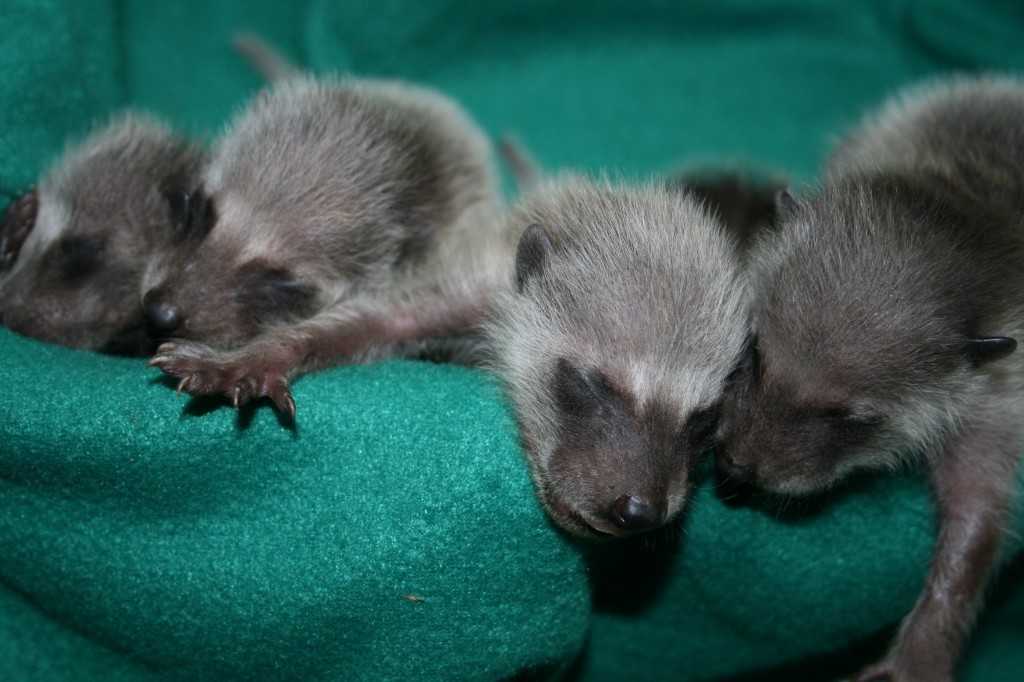
Physical traits are often the most direct indicators of a raccoon’s age. Newborn raccoons, also known as kits, exhibit distinctive characteristics:
Size and Weight: Newborn raccoons are tiny, typically weighing just a few ounces and measuring around 4-6 inches in length.
Fur and Markings: They have fine, downy fur, which is usually dark in color.
Eyes and Ears: Their eyes and ears are closed at birth and begin to open as they grow.
Behavior: Newborn kits are almost entirely dependent on their mother for warmth and nourishment. They are unable to stand or walk, and their primary focus is on nursing.
2. Infant Raccoons (2-4 Weeks)
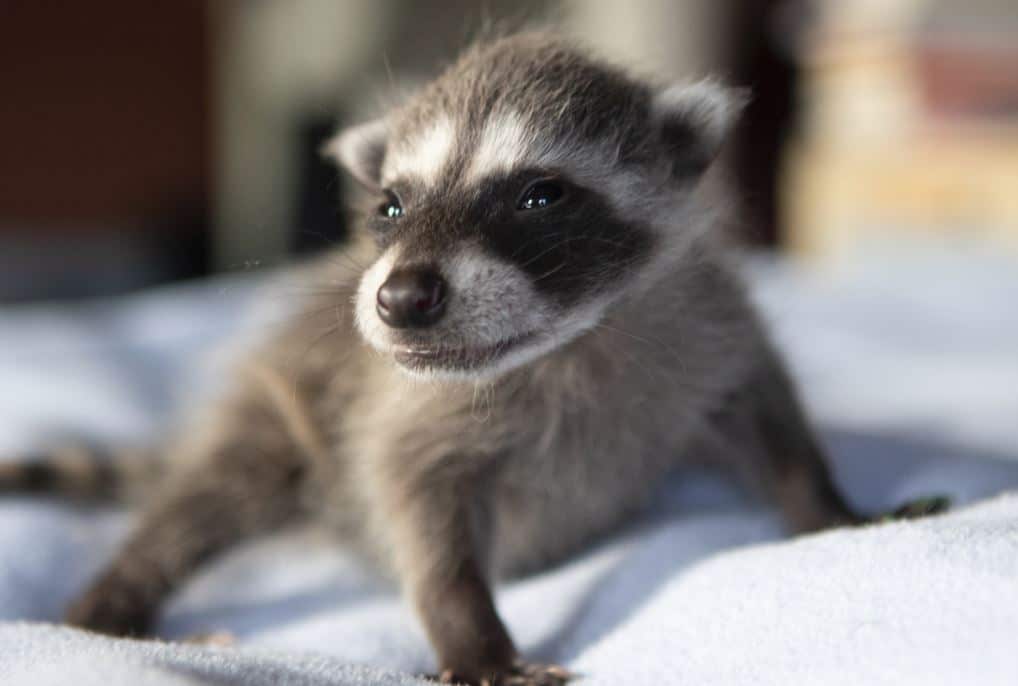
As raccoon kits grow, their physical and behavioral characteristics change:
Eyes and Ears: Around two weeks of age, their eyes start to open, revealing dark, cloudy eyes. Their ear canals may also begin to open during this stage.
Mobility: Kits gradually become more mobile, crawling and exploring within their den, though they are still unable to walk or stand independently.
Teeth: By the end of this stage, they may start to develop tiny, sharp teeth.
3. Juvenile Raccoons (5-8 Weeks)
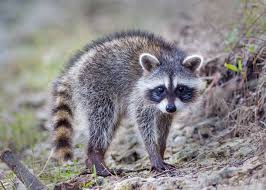
As raccoon kits progress into the juvenile stage, their development accelerates, and they become more active:
Fur: Their fur starts to thicken and develop its distinct ringed appearance on their tails.
Eyes and Ears: The eyes become fully open, and hearing improves, making them more responsive to their surroundings.
Mobility: By this stage, young raccoons can stand and walk on all fours. They may even venture outside the den for short periods, supervised by their mother.
Teeth: Juvenile raccoons develop a full set of baby teeth, which are sharp and small.
Also Read: How to Tell the Age of a Chicken
4. Sub-Adolescent Raccoons (9-16 Weeks)
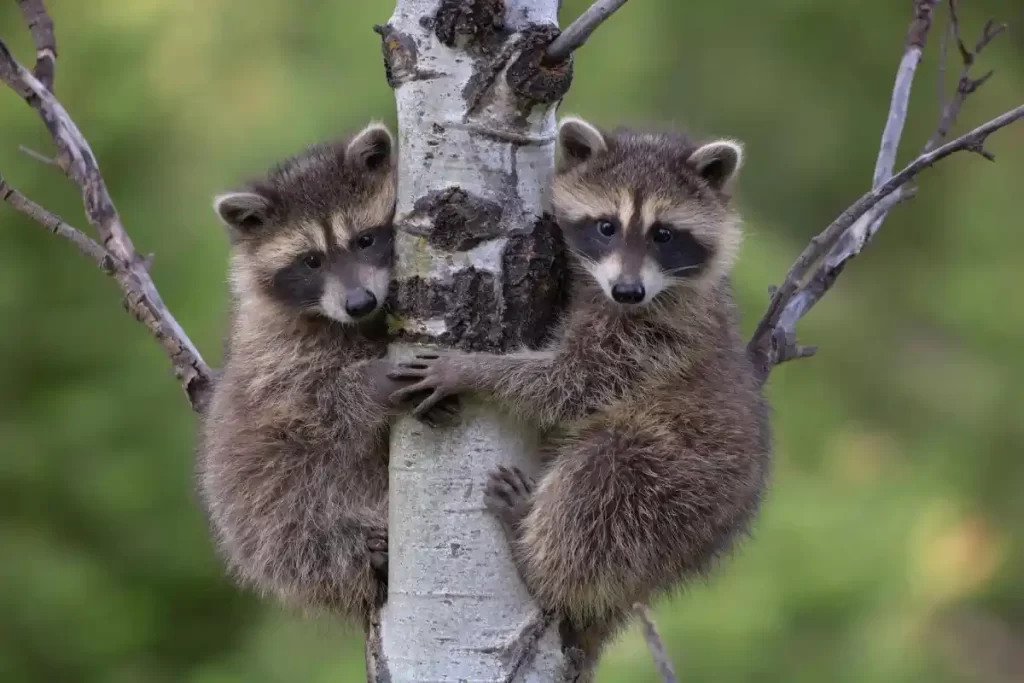
Sub-adolescent raccoons are well on their way to becoming independent, with continued physical and behavioral changes:
Fur: Their fur is fully grown and features the classic grayish-brown tint with the black-ringed tail.
Behavior: These raccoons are more curious and playful. They begin to explore their surroundings more freely and engage in mock fighting with their siblings.
Teeth: Baby teeth start to fall out, making way for adult teeth. This transition can take several weeks.
Climbing Skills: They start to demonstrate their climbing abilities, an essential skill they will continue to refine.
5. Adolescent Raccoons (17-24 Weeks)
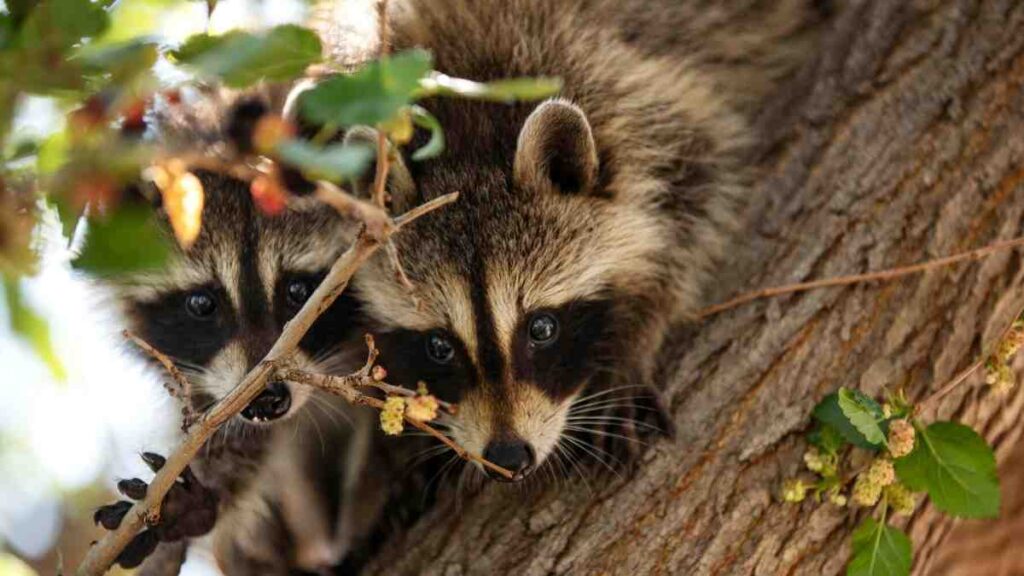
In the adolescent stage, raccoons continue to mature both physically and behaviorally:
Size: Adolescent raccoons become more robust, with body lengths ranging from 12 to 16 inches.
Behavior: Their playfulness and curiosity persist, and they spend more time exploring and foraging. They gradually become more independent from their mother.
Teeth: The transition from baby teeth to adult teeth is usually complete by this stage, with adult teeth being larger and more robust.
6. Young Adult Raccoons (6 Months to 1 Year)
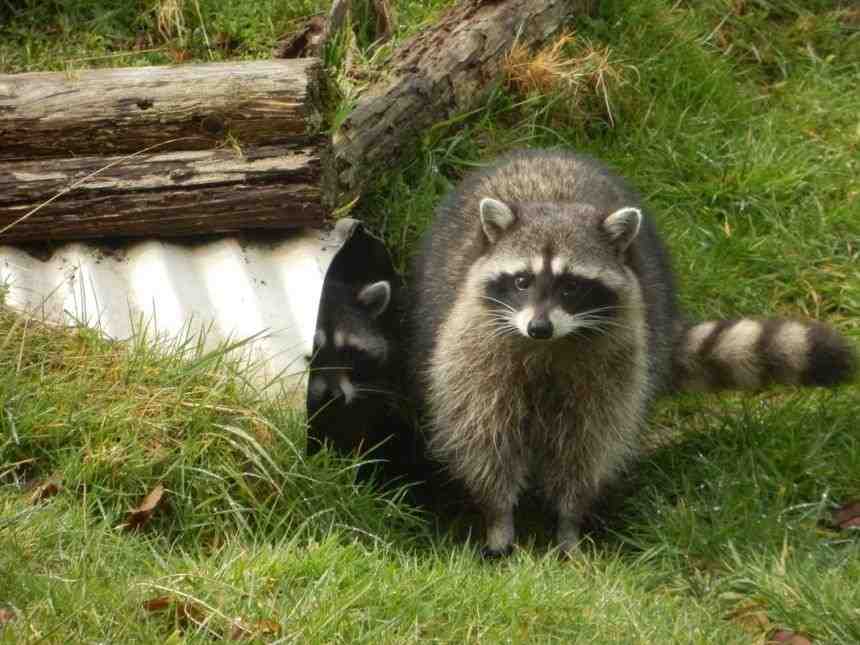
Young adult raccoons are typically self-sufficient and fully independent:
Size: They reach their full adult size, with body lengths ranging from 18 to 26 inches, not including the tail.
Behavior: These raccoons are skilled foragers and climbers, capable of hunting, foraging, and scavenging for food independently.
Reproductive Maturity: Some raccoons may reach sexual maturity during this stage, though this varies depending on food availability and environmental conditions.
7. Adult Raccoons (Over 1 Year)
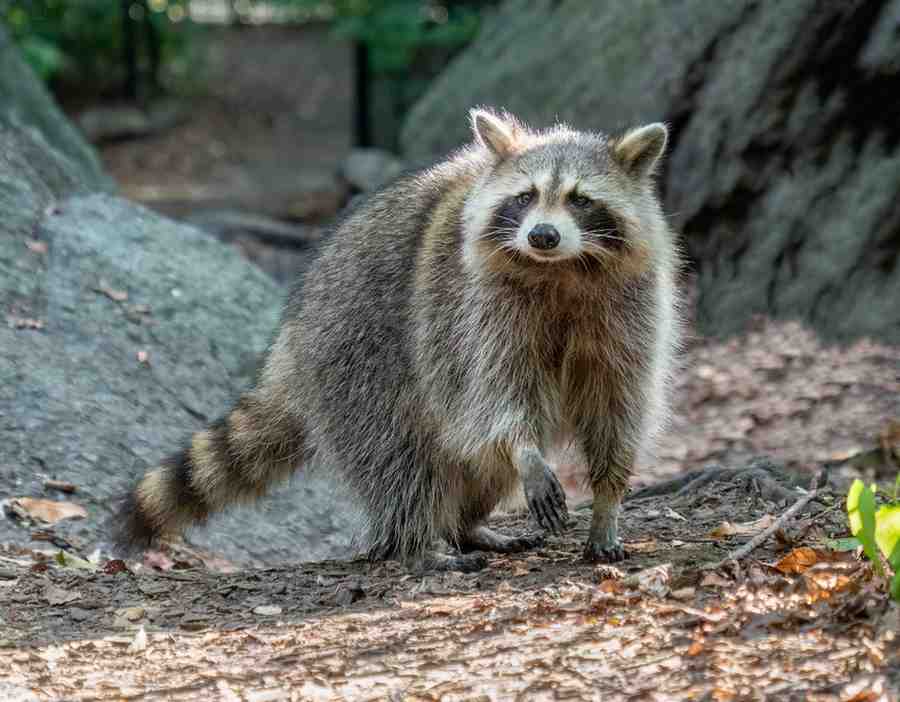
Once raccoons reach adulthood, their physical and behavioral traits stabilize, leading relatively predictable lives:
Size: Fully grown raccoons can vary in size depending on their location and diet, typically weighing between 10 to 30 pounds.
Behavior: Adult raccoons are skilled survivors, adapting to urban and natural environments. They are known for their intelligence and problem-solving abilities.
Lifespan: In the wild, raccoons generally live 2 to 3 years, though some can live up to 5-7 years. In captivity, they may live even longer.
Estimating Age Through Teeth
One of the most reliable methods for estimating the age of a raccoon, particularly in later stages, is by examining their teeth:
Milk Teeth (0-6 Weeks): Raccoons are born without teeth, but baby teeth, which are short and pointy, emerge within the first six weeks.
Transitional Teeth (3-6 Weeks): Between 3-6 weeks, raccoons grow transitional teeth, a mix of baby and adult teeth.
Adult Teeth (12 Weeks Onwards): By 12 weeks, raccoons have a full set of adult teeth. Older raccoons may show signs of worn or missing teeth.
Conclusion
Determining the age of a raccoon is a fascinating and informative exercise.
By observing physical characteristics, behavioral traits, and even dental development, you can gain valuable insights into the life stage of these adaptable animals.
Whether you encounter raccoons in the wild or your backyard, understanding their age can add a deeper layer of appreciation for their resilience and intelligence.
However, always remember to observe raccoons from a safe distance, respecting their space as wild animals.

Sayantika Karmakar provides expert insights on financial calculators in her blog posts.
